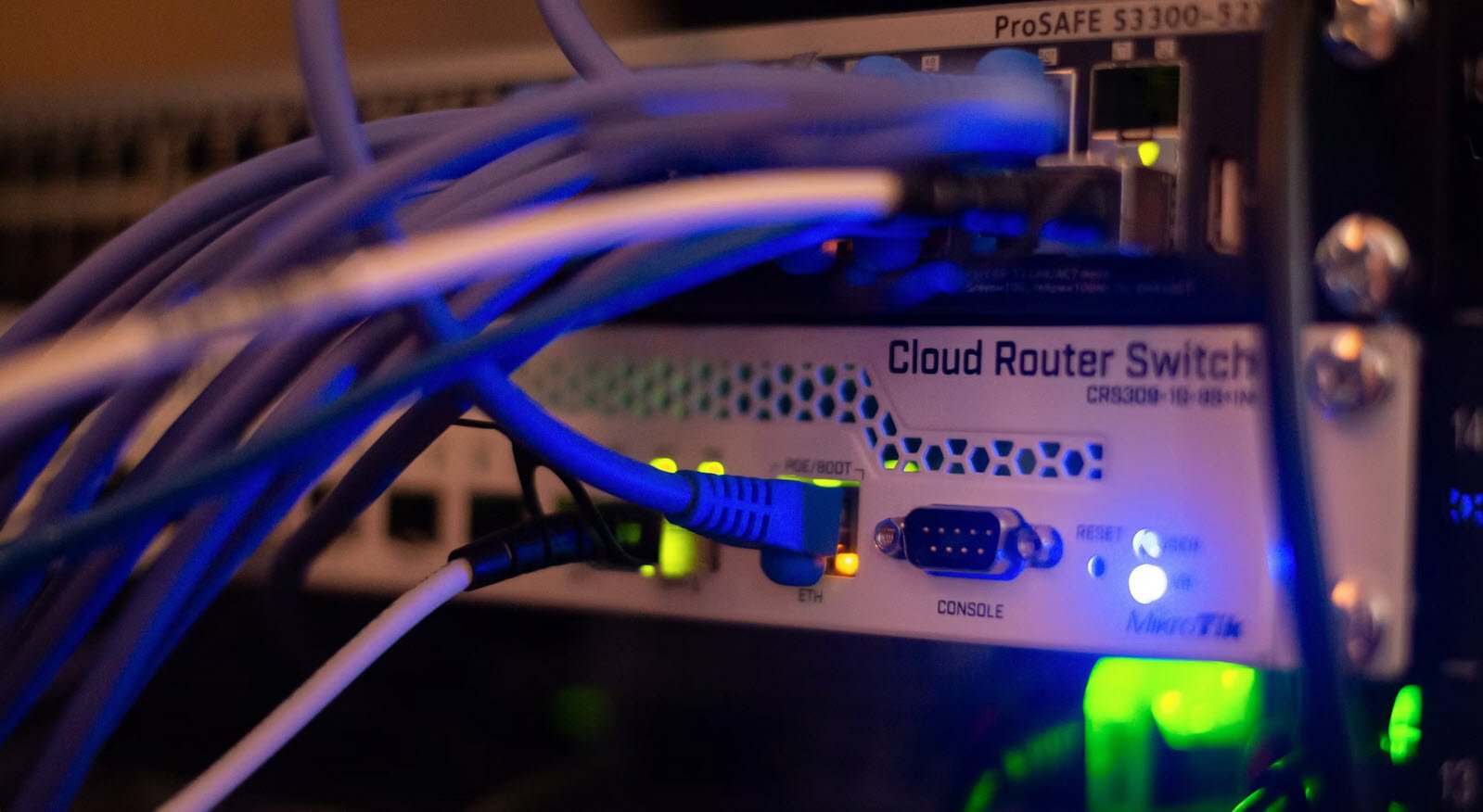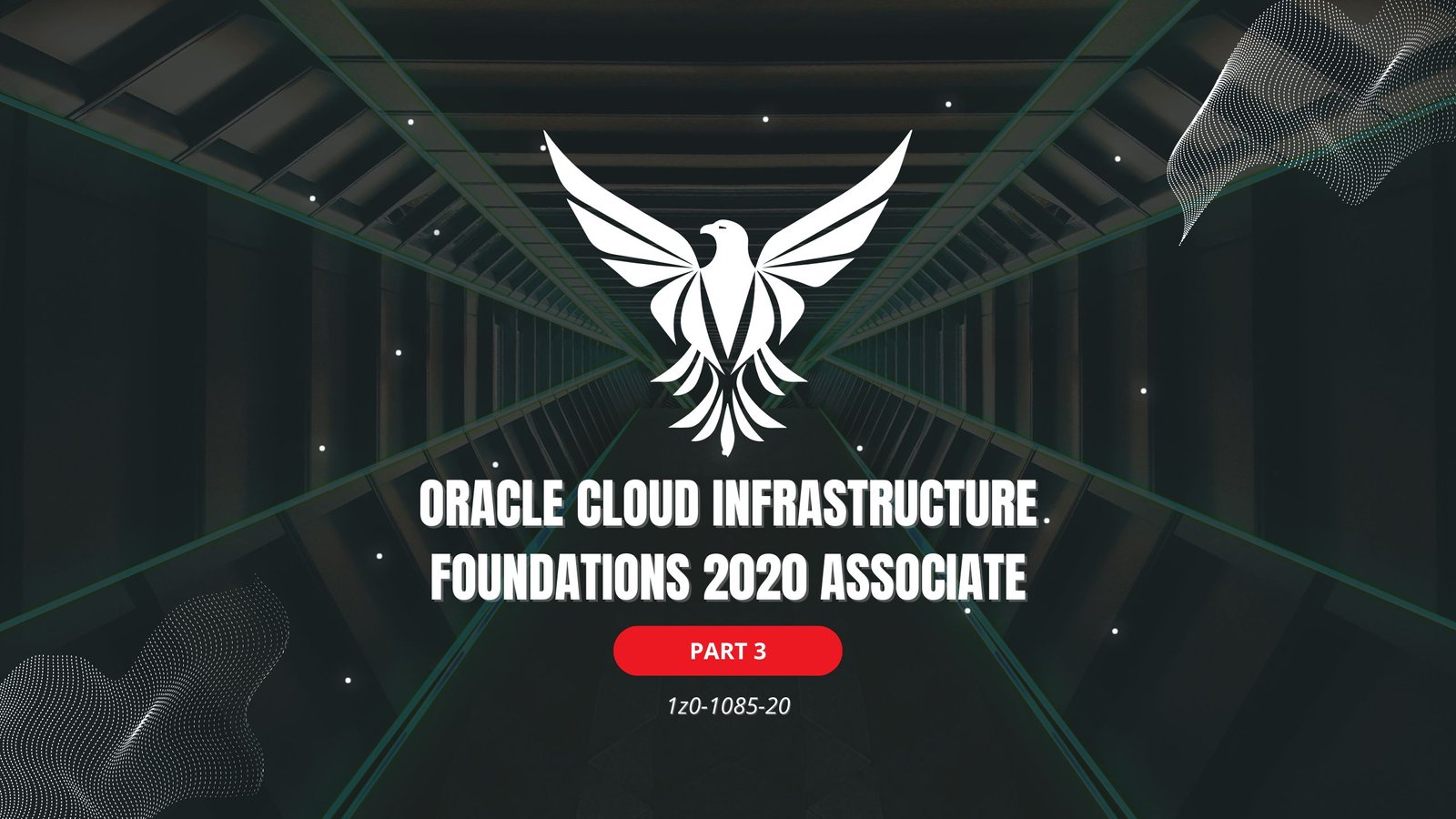
In the rapidly evolving world of technology, databases have become an essential part of almost every application or system that deals with data storage and retrieval. Whether it’s a small-scale application or a large enterprise system, a strong understanding of database development is crucial for building efficient and reliable systems.
In this article, we will explore some fundamental questions about database development and provide concise answers to each.
1. What is a database?
A database is a structured collection of data that is organized and stored in a way that facilitates efficient retrieval, management, and manipulation of information. Databases play a vital role in various software applications, serving as repositories for data that can be easily accessed, updated, and queried.
2. Write the names of any database software?
There are numerous database software solutions available, catering to different needs and preferences. Some well-known database software include:
- Oracle
- MySQL
- Microsoft SQL Server
- PostgreSQL
- MongoDB
- SQLite
3. What is the full form of DBMS?
DBMS stands for Database Management System. It is a software system that allows users to interact with databases, providing functionalities for creating, storing, updating, and retrieving data in an organized manner.
4. What is a DBMS?
A DBMS, or Database Management System, is a software application that facilitates the management of databases. It acts as an intermediary between users and the database itself, enabling users to interact with the data without needing to understand the complexities of data storage and retrieval.
5. What is RDBMS?
RDBMS stands for Relational Database Management System. It is a specific type of DBMS that organizes data into tables with predefined relationships between them. Data in RDBMS is structured using rows and columns, and these systems adhere to principles of the relational model, ensuring data integrity and consistency.
6. What is a Record?
A record is a collection of related data elements that are treated as a single unit. In a database context, a record typically refers to a row in a table, containing information about a specific entity or item.
7. How is data organized in RDBMS?
Data in an RDBMS is organized into tables, where each table represents a specific entity or concept. Each row in a table is a record, and each column represents a distinct attribute or property of that entity. The relationships between tables are established using keys, such as primary keys and foreign keys.
8. What are the different data types?
In the context of databases, data types define the kind of values that can be stored in a column. Common data types include:
- Integer
- String
- Date/Time
- Floating-point number
- Boolean
- Binary
9. What is Primary Key?
A primary key is a unique identifier for each record in a table. It ensures that each row can be uniquely identified and accessed. The primary key enforces data integrity and helps establish relationships between tables.
10. What is a Foreign Key?
A foreign key is a field in one table that refers to the primary key in another table. It establishes a relationship between the two tables, enforcing referential integrity and allowing for data consistency across the database.
11. What are the two sets of languages for manipulating data?
The two sets of languages for manipulating data in a database are:
- Data Definition Language (DDL): This language is used to define the structure of the database, including creating, modifying, and deleting tables, indexes, and other database objects.
- Data Manipulation Language (DML): DML is used to interact with the data itself, including inserting, updating, and retrieving data from the database.
12. Difference between DDL and DML commands?
The main difference between DDL and DML commands lies in their scope and purpose. DDL commands focus on defining and managing the structure of the database, while DML commands are concerned with the manipulation and retrieval of data within the database.
13. What is a Form?
A form is a user interface component that allows users to input and view data in a structured manner. Forms are commonly used to facilitate data entry and presentation, making it easier for users to interact with the underlying database.
14. What is a Query?
A query is a request for specific information from a database. It is typically written in a query language, such as SQL (Structured Query Language), and allows users to retrieve, filter, and manipulate data based on specified criteria.
15. Why is filtering used in a query?
Filtering is used in queries to narrow down the results and retrieve only the data that meets certain conditions or criteria. This is essential for obtaining relevant information from a database, especially in cases where the dataset is large and contains a variety of data.
In conclusion, understanding the basics of database development is crucial for anyone working with data-driven applications. Whether you’re a developer, a data analyst, or a business professional, these fundamental concepts provide a solid foundation for creating efficient and effective database systems.
From the structure of databases to the manipulation of data through queries, each aspect plays a pivotal role in ensuring that information is stored, managed, and retrieved accurately and efficiently.
You may also like:- 80 Most Important Network Fundamentals Questions With Answers
- 100 Most Important SOC Analyst Interview Questions
- Top 40 Cyber Security Questions and Answers
- Top 10 React JS Interview Theory Questions and Answers
- CISSP – Practice Test Questions – 2024 – Set 20 (53 Questions)
- Part 2: Exploring Deeper into CCNA – Wireless (145 Practice Test Questions)
- Part 1: Mastering CCNA – Wireless (145 Practice Test Questions)
- [1z0-1085-20] Oracle Cloud Infrastructure Foundations 2020 Associate MCQ Questions – Part 3
- [1z0-1085-20] Oracle Cloud Infrastructure Foundations 2020 Associate MCQ Questions – Part 2
- [1z0-1085-20] Oracle Cloud Infrastructure Foundations 2020 Associate MCQ Questions – Part 1








